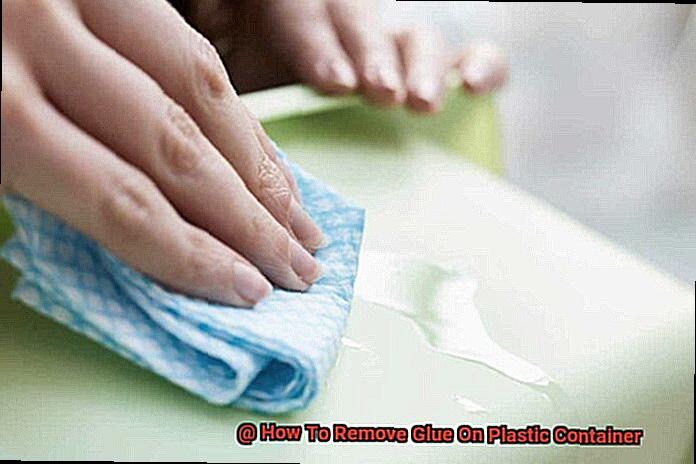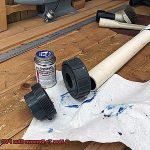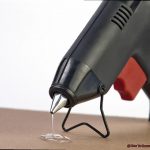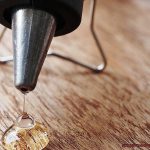Do you find yourself struggling to get rid of stubborn glue residue on your plastic containers?
Whether it’s from labels, stickers, or any other material, removing glue can be quite a challenge. But don’t worry, my dear container aficionados.
In this blog post, we’ll explore some of the most effective techniques for removing glue on plastic containers so that your storage solutions can look as clean and attractive as ever. First things first – let’s talk about the importance of prepping your container before attempting to remove the glue.
This step alone can make a massive difference in how easy or challenging the process will be. After that, we’ll dive into some tried-and-true methods for getting rid of that pesky adhesive residue once and for all.
We’ll cover everything from using heat and solvents to everyday household items that you probably already have lying around. With these tips and tricks up your sleeve, you’ll be able to say goodbye to frustrating adhesive remnants and hello to a smooth, spotless surface.
And that’s not all – we’ll also teach you how to prevent future glue buildup in the first place. You’ll become an expert at keeping your plastic containers looking brand new.
So whether you’re dealing with an old sticky container or just want to prepare yourself for future sticky situations, keep reading for all the details on how to remove glue on plastic containers like a pro.
What Type of Glue is Used on Plastic Containers?
Contents
Pressure-sensitive adhesive (PSA) is the most commonly used glue on plastic containers.
This type of adhesive creates a bond when pressure is applied to it and is widely used in the packaging industry due to its cost-effectiveness and exceptional bond strength.
If you need to remove PSA glue from your plastic container, rubbing alcohol or nail polish remover can be used to dissolve the adhesive, making it easier to wipe away.
Another type of adhesive frequently used on plastic containers is hot melt adhesive (HMA). This thermoplastic adhesive is melted and applied to the surface of the container, forming a robust bond when it cools down and solidifies.
Removing HMA glue from your plastic container may require a commercial adhesive remover. Cyanoacrylate adhesive, also known as super glue, is another adhesive that can be used on plastic containers.
It forms an incredibly strong and durable bond in seconds and can be used to bond different types of plastics. Removing super glue from your plastic container may also require a commercial adhesive remover.
Lastly, some plastic containers are sealed using heat-sealable coatings. These coatings are activated by heat to form a bond and are commonly used in the food industry for packaging food products.
To remove this type of sealant from your plastic container, warm soapy water can be used to soak and gently scrub away the coating. In conclusion, identifying the type of adhesive used on your plastic container is crucial when it comes to removing glue effectively.
Whether it’s PSA, HMA, super glue, or heat-sealable coatings, there are effective methods for removing glue from your plastic containers without damaging their surfaces.
Removing Glue with Rubbing Alcohol or Nail Polish Remover
Rubbing alcohol, also known as isopropyl alcohol, is a versatile solvent that can dissolve a wide range of substances, including adhesives.

To use it, simply apply a small amount onto a cotton ball or cloth and rub it onto the glue residue. Let it sit for a few minutes before wiping it away with a clean cloth.
Repeat the process if necessary until all the glue is removed. However, be cautious when using rubbing alcohol on colored or painted plastic containers as it may cause discoloration or damage.
Similarly, acetone-based nail polish remover can break down the bonds between glue and plastic, making it easier to remove.
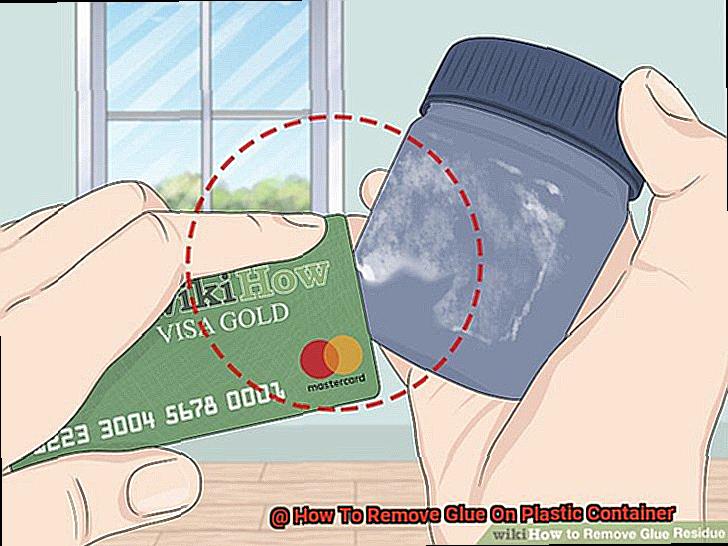
To use it, apply a small amount of the remover onto a cotton ball or cloth and rub it onto the glue residue.
Let it sit for a few minutes before wiping it away with a clean cloth.
Repeat the process as necessary until all the glue is removed.
But wait. Before you jump right into using these solvents, remember that both rubbing alcohol and nail polish remover contain strong chemicals that can be harmful if ingested or inhaled in large amounts.
Therefore, it is recommended to use these solvents in a well-ventilated area and to wear gloves to protect your skin from prolonged exposure. In conclusion, removing glue from plastic containers has never been easier thanks to rubbing alcohol and nail polish remover.
Just remember to take precautions while using these solvents and to test them on a small inconspicuous area first before applying them to the entire surface of the container.
Removing Glue with Warm, Soapy Water
The answer may be as simple as warm, soapy water.
This method is especially useful for removing water-soluble adhesives like school glue or glue sticks. Not only is it a cost-effective solution, but it’s also safe and doesn’t require harsh chemicals or solvents.
To begin, fill a basin or sink with warm water and add a few drops of dish soap. Place your plastic container in the water and let it soak for about 10-15 minutes.
This will help loosen up the glue and make it easier to remove. After soaking, use a soft-bristled brush or sponge to gently scrub the affected area.
Apply more soap to the brush or sponge as needed. If the glue is still stubbornly clinging on, let it soak for a few more minutes and try again.
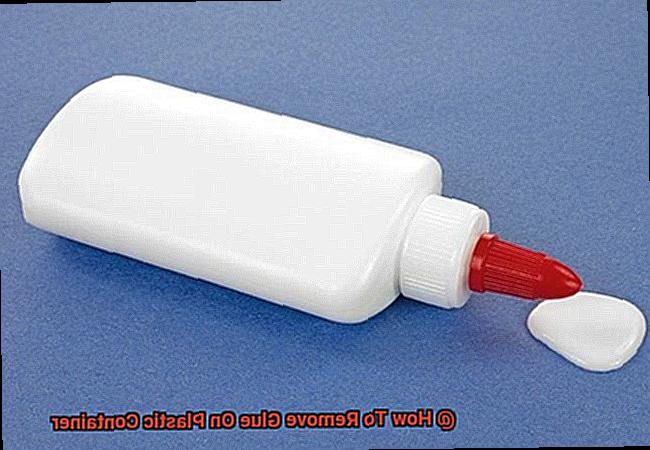
Once you’ve successfully removed all the glue, rinse the container thoroughly with clean water and dry it off with a soft towel. Congratulations.
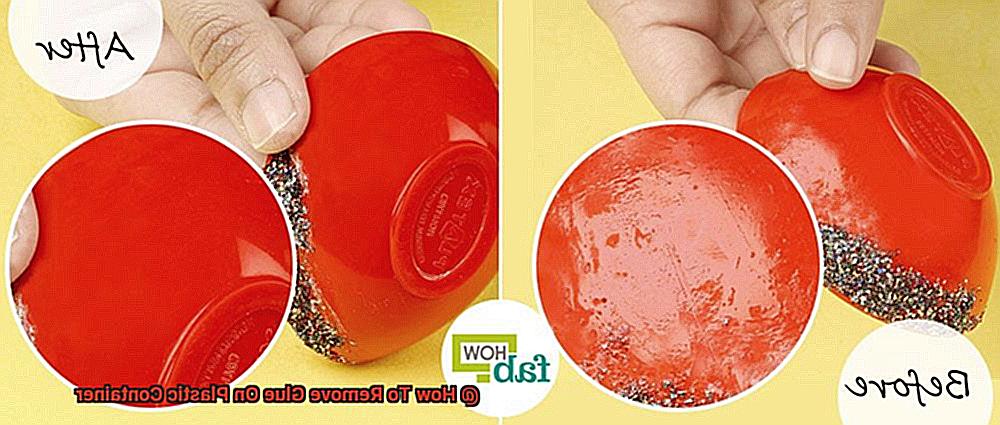
Your plastic container is now free of any unwanted adhesive residue. It’s important to keep in mind that this method may not work for all types of glue or plastic containers.
Additionally, avoid using hot water as it could cause warping or melting of the plastic.
Using a Commercial Adhesive Remover
Using a commercial adhesive remover is an effective and efficient solution to remove that pesky glue. Before selecting an adhesive remover, ensure that it is safe for use on plastics.
Look for a product that specifically states its safety for plastic use and check reviews from other users who have successfully removed glue from plastic containers using the product. Once you have your adhesive remover, follow the instructions carefully.
Typically, you’ll need to apply the solution to the affected area and let it sit for a certain amount of time before scraping or wiping away the softened glue. It’s important to note that some adhesive removers may damage certain types of plastics, so always test the solution on a small, inconspicuous area before applying it to the entire container.
Using a commercial adhesive remover can save you time and frustration when trying to remove glue residue from plastic containers. It’s a helpful extra step after using warm, soapy water that can provide an extra boost in removing stubborn residue.
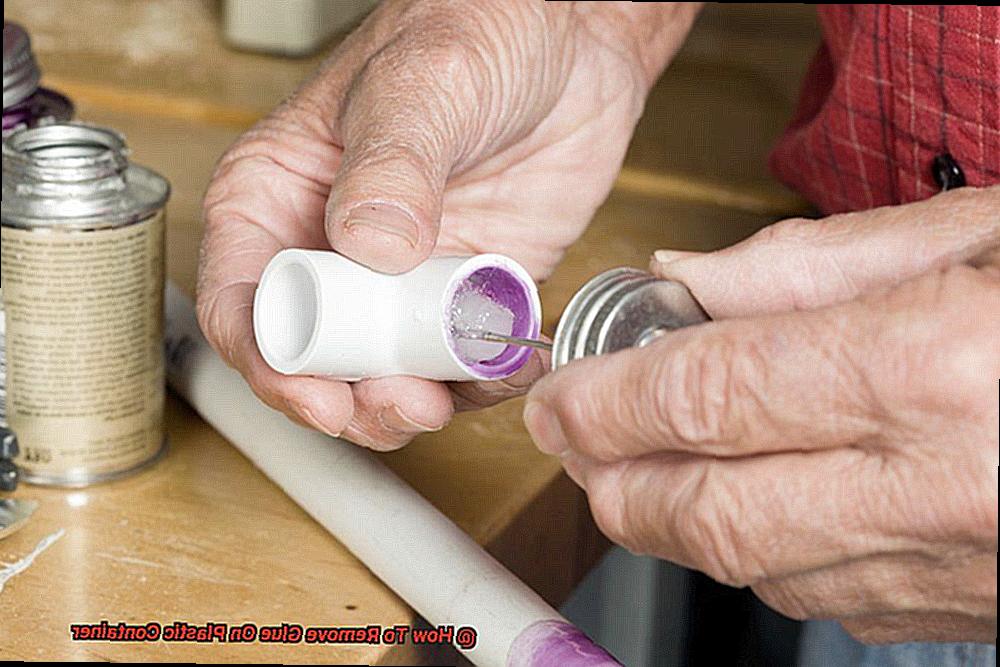
Follow the instructions carefully, test the solution first, and select a product specifically designed for use on plastics.
tO2V7fHVdEQ” >

Scraping Off the Glue with a Plastic Scraper or Credit Card
If you’re dealing with annoyingly stubborn glue residue on your plastic containers, we’ve got a solution for you – scraping it off with a trusty plastic scraper or credit card.
This method is perfect for those pesky layers of glue that just won’t budge with other means. All you need is a sturdy scraper or credit card that can scrape off the glue without damaging the container.
Make sure to apply even pressure while scraping to avoid any scratches. If you’re dealing with some seriously stubborn glue, try softening it up with some heat first.
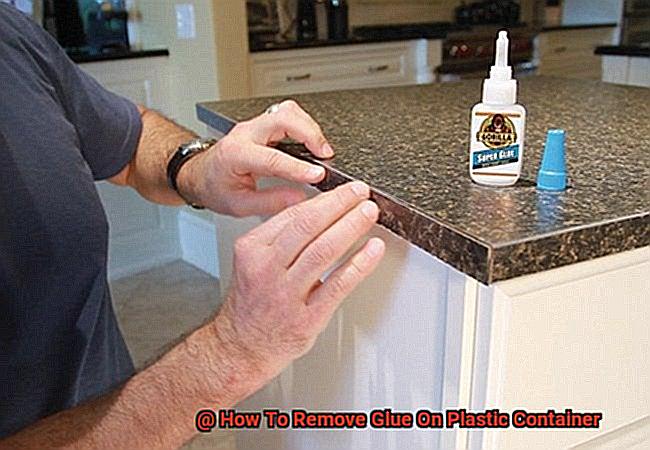
A hairdryer or heat gun can do the trick and make the glue easier to scrape off. Just remember not to overheat the plastic container.
Now, we won’t lie – this method may take some time and effort. But with a little patience and persistence, you’ll be able to restore your plastic containers to their original state in no time.
Once you’ve successfully scraped off all of the glue, give the area a good wipe down with a damp cloth to remove any remaining residue. And voila.
Your plastic containers are as good as new. So next time you find yourself in a sticky situation, don’t fret.
Remember that scraping off the glue with a plastic scraper or credit card is an easy and effective way to get rid of stubborn adhesive residue.
Conclusion
In conclusion, removing glue from plastic containers can be a daunting task, but fear not.
With the right techniques and tools, it can be a breeze. Proper preparation is key to success, so make sure to clean and dry your container before attempting to remove the glue.
Identifying the type of adhesive used on your plastic container is crucial for effective removal. Whether you choose to use rubbing alcohol, nail polish remover, warm soapy water or commercial adhesive removers – there are various methods available that won’t damage your container’s surface.
For stubborn residue, try scraping off the glue with a plastic scraper or credit card. It may take some patience and persistence, but it will be worth it in the end.
By following these tips and tricks, you’ll be able to say goodbye to frustrating adhesive remnants and hello to smooth, spotless surfaces on your plastic containers. And remember – prevention is key.
With these techniques up your sleeve, you’ll become an expert at keeping your plastic containers looking brand new.

